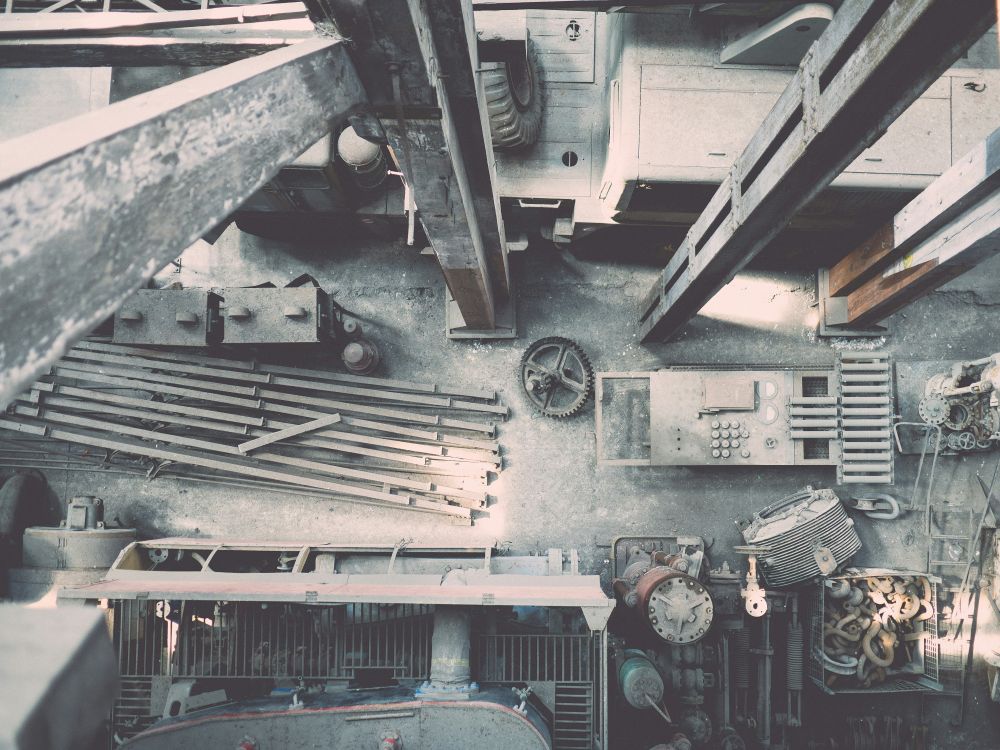High Vacuum Pumps


High vacuum pumps are essential components in a wide range of scientific, industrial, and manufacturing processes. These pumps are designed to remove gas molecules from a sealed volume to create a high vacuum environment, which is crucial for applications requiring low-pressure conditions. This article delves into the intricacies of high vacuum pumps, their types, applications, and key considerations for selection and maintenance, ensuring that your processes benefit from optimal vacuum solutions.
The Role of High Vacuum Pumps in Industry and Research
High vacuum pumps play a pivotal role in numerous fields, including semiconductor manufacturing, surface science, particle physics, and even space simulation. In the semiconductor industry, for example, high vacuum environments are required for deposition and etching processes which are integral to chip fabrication. In research, these pumps are often used in accelerators and to maintain the ultra-low pressure necessary for experiments in particle physics.
The utility of high vacuum pumps is also seen in surface science, where researchers study material properties at the atomic or molecular level. Such analysis demands the absence of interfering air molecules, which could skew results. Meanwhile, in space simulation, high vacuum conditions are necessary to replicate the void of outer space, allowing for accurate testing of spacecraft and satellite components.
Types and Mechanisms of High Vacuum Pumps
High vacuum pumps come in various forms, each employing different mechanisms to achieve the desired vacuum level.
Turbomolecular Pumps
Turbomolecular pumps (TMPs) are kinetic pumps that use high-speed rotating blades to impart momentum to gas molecules, directing them towards the exhaust. TMPs are capable of achieving very high vacuum levels but usually require a backing pump to handle the higher pressure ranges.
Diffusion Pumps
Diffusion pumps, another subset, use jets of vapor to transfer momentum to gas molecules and push them out of the vacuum chamber. They do not have moving parts and are therefore less prone to mechanical wear, but they need to be combined with backing pumps and are sensitive to contamination.
Cryopumps
Cryopumps work by condensing gas molecules on cold surfaces, typically cooled by liquid helium or nitrogen. They are effective for creating ultra-high vacuums and are often used in applications where a clean and oil-free environment is necessary.
Ion Pumps
Ion pumps utilize a high voltage to ionize gas molecules, which are then accelerated towards a getter material where they are neutralized and deposited. These pumps are suitable for maintaining vacuum for long periods and are common in high-precision experiments.
Applications and Innovations in Vacuum Technology
The demand for high vacuum technology has given rise to innovations that respond to the evolving needs of diverse industries. In electron microscopy, high vacuums prevent air molecules from interfering with the path of electrons, allowing for clear imaging at the atomic level. The coating industry utilizes vacuum deposition techniques that require high vacuum to ensure thin films are applied uniformly and contaminants are reduced.
As technology advances, so does the need for custom vacuum solutions. Manufacturers continue to design high vacuum pumps that offer greater efficiency, reduced power consumption, and higher operational speeds. These features are critical to support the rapid development of products and technologies that require precise vacuum environments.

Selection and Maintenance Tips
When selecting a high vacuum pump, several factors must be taken into account. The nature of the process, the desired vacuum level, contamination risks, and maintenance requirements all influence the choice of pump. Its also essential to consider the backing pump that will complement the high vacuum pump to ensure the entire system functions efficiently.
Maintenance of high vacuum pumps is also of utmost importance. Regular cleaning and servicing are necessary to prevent contamination, leaks, and mechanical failure. Users should follow manufacturers’ guidelines for maintenance schedules and the replacement of worn components to ensure the longevity of their equipment.
Conclusion and Recommendation
High vacuum pumps are instrumental in advancing research and production across a wide spectrum of industries. Whether you are involved in semiconductor manufacturing, coating applications, scientific research, or quality control, understanding the various types of pumps and their appropriate applications is key to leveraging the full potential of vacuum technology.
For those seeking professional guidance or high-quality High vacuum pumps in Sweden, we recommend visiting Advanced Vacuum. With expertise in providing tailored vacuum systems and services, Advanced Vacuum can assist in selecting, implementing, and maintaining the optimal high vacuum pump for your specific needs, ensuring peak performance and reliability for your critical processes.





